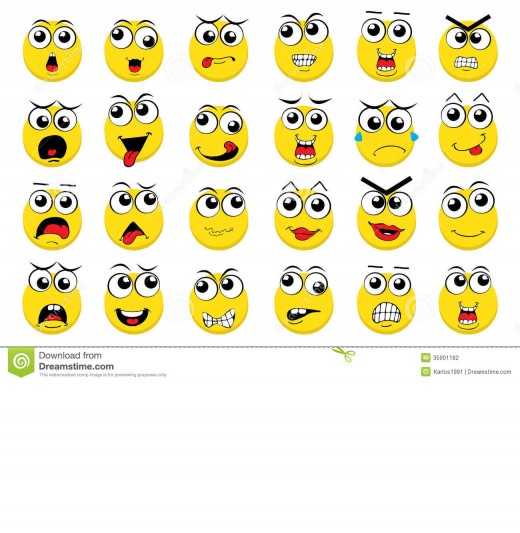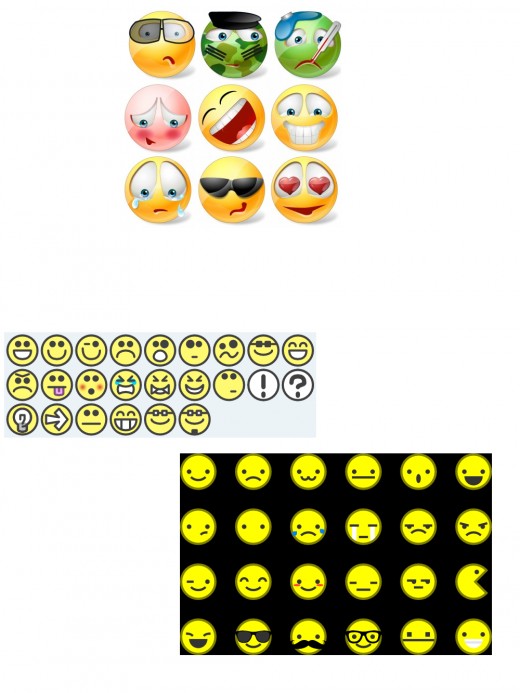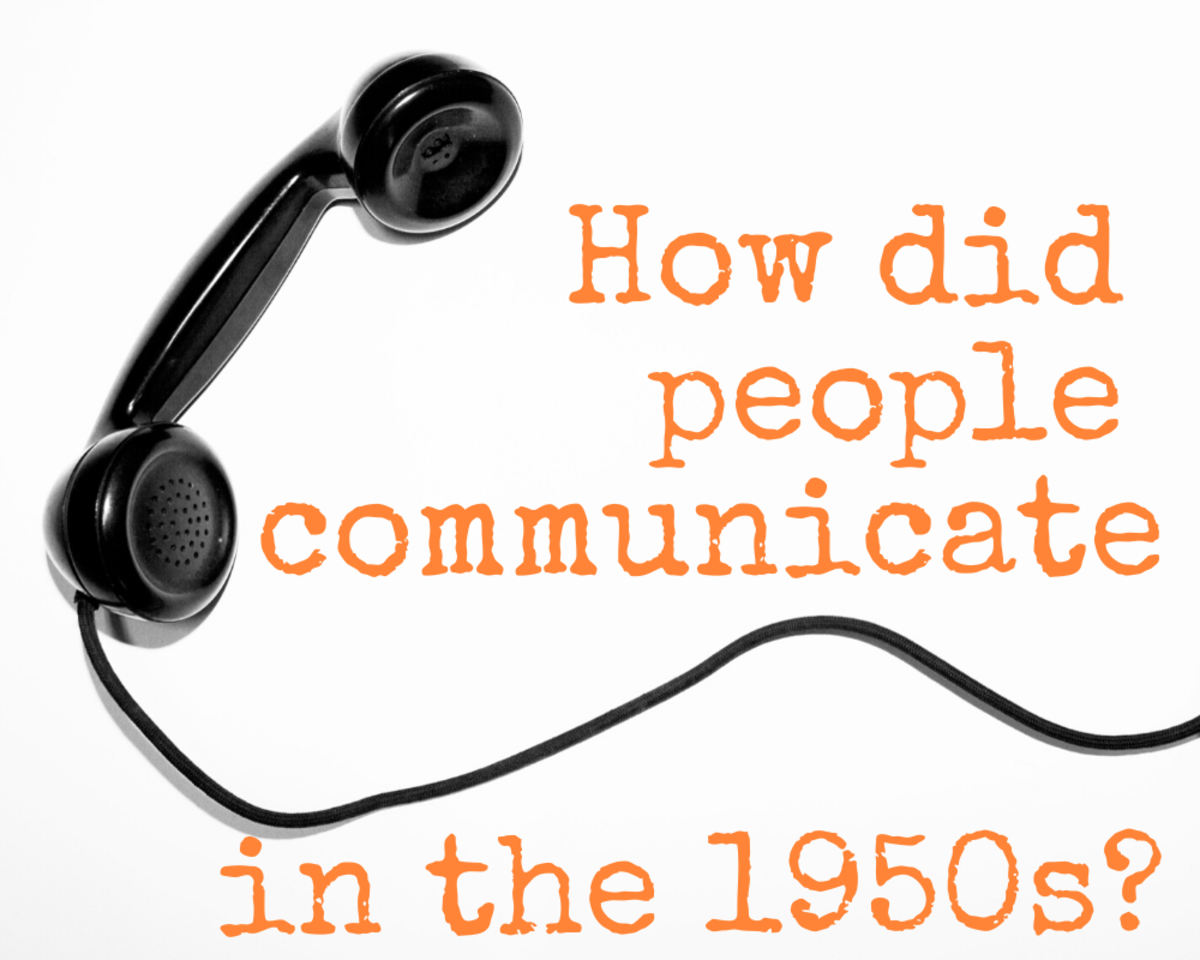The use of emoticons in a professional and casual job settings is acceptable or not?
Emoticons
Can you text emoticons to your boss unless you know him well? If you are going to try and convey everything through written words, you might have to learn how to spell and punctuate better. You can try to use emoticons when your boss does that too!
Emoticons are considered not so professional unless you have a good relationship with the person and you have talked about some things other than work. If you are working in a very casual work environment, your boss may use them but neither of the employees nor boss should use them in a professional presentation or in a message to the company administration.
If you are having non related conversation with one of your co-workers, then you use emoticons. You cannot e-mail your client with emoticons if you do not know him well. It is not professional to use emoticons when seriously composing a type of written document. Emoticons is not very popular in professional environment.
Emoticons can be helpful when used sparingly i.e. follow up e-mail with someone you know well. Emoticons are often used as a fast substitute for poorly worded communication, which should never be in the case of e-mails. You can use emoticons via your message system at work. In some cases you can use emoticons. For example, if the office you work requires a lot of collaboration between departments then it is no crime to add an emoticon at the end of an e-mail to let someone know you appreciate their effort in helping you.
But you have to keep in mind that communication between co-worker and clients are different so you should use emoticons accordingly. According to some people, at the end of an e-mail putting a ;) is not a crime in these days and age, especially since most of our inter department and intra department communication is done by e-mail.
Using of emoticons depend on the settings and the tone of e-mail correspondence. For example, if the setting is highly professional, you should not use them. However if it just silly or normal banter with your co-workers and client, where your relationship is enough comfortable, you can use them. When emotional tones are important, emoticons however childish they seem can help avoid mis-communication, when the communication is designed to be emotion less then there should be no emoticons.
Communication over the Internet can be tough and sometimes emoticons are the only way to lighten up a conversation. Some people think using emoticons in any job is good. For example, sending a smile emoticons mean a lot to some people, who knows sometimes we are having a bad time in our life and that smile emoticon makes us feel better.
A teacher should not use emoticons in a professional e-mail to his or her superintendent and even parents of the students regarding a serious and professional matter. In professional environment maybe emoticons can be used to fully understand those who do not communicate very well writing memos to .
Sometimes you should not use emoticons to your co-workers also. For instance, if the e-mail you sent to your co-worker, whom you know very well, ends up being forwarded without edit to someone else in the company for informational purposes, you end up looking unprofessional. Emoticons in some situations helps you come across as more real to your customers or clients.
The relationship inside your work environment dictates you whether to use emoticons or not. It is fine to laugh or joke around in your workplace but there is a time and place for it. Some people think one emoticon is not egregious. On the other hand, other people thinks there is really no need for the emoticon since your writing is incredibly polite, shows appropriate gratitude and recognizes the imposition being asked. The emoticons being unnecessary in that note, makes the note childish and immature.
Context is everything while when using emoticons. Suppose, a person works in an international academic settings and correspond with people around the world. They spend a lot of time making sure that their information can be understood by different cultures and the occasional emoticon face can help to convey the intent of the message. Basically emoticons depends on someone's profession.
Some people have bosses with sense of humor, but that means many do not have. Even with a sense of humor it is still considered unprofessional. Now a days some kids tends to use emoticons in their papers they write at school. They should learn where to put emoticons and in the very beginning of their childhood so that they will know where to use when their going to work in real environment.
You have to check that whether the person whom you are communicating use them in professional settings or not. Our university instructors taught us not to use emoticons in a professional communications. If you are too keen in using emoticons, then you can use when you are signing your name. For example, you can do a dash then your first initial and an emoticons face.
I wholeheartedly agree that we should be able to communicate proficiently with words, but an emoticon face does not hurt in some instances. Some people would not use emoticons in professional settings because they want them to be taken seriously. They think it is childish to use them where you are serious. They believe if you are using emoticons in serious professional conversation and in a serious settings then it would not be a professional conversation anymore.
According to these people it may make you look unfit for the settings. You should restrain it from using unless it is someone whom you are quite comfortable with or the other people starts it first. If everyone in a professional settings needs to take a "chill pill" then you can use emoticons to help lighten up the mood.











